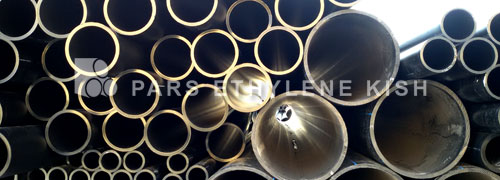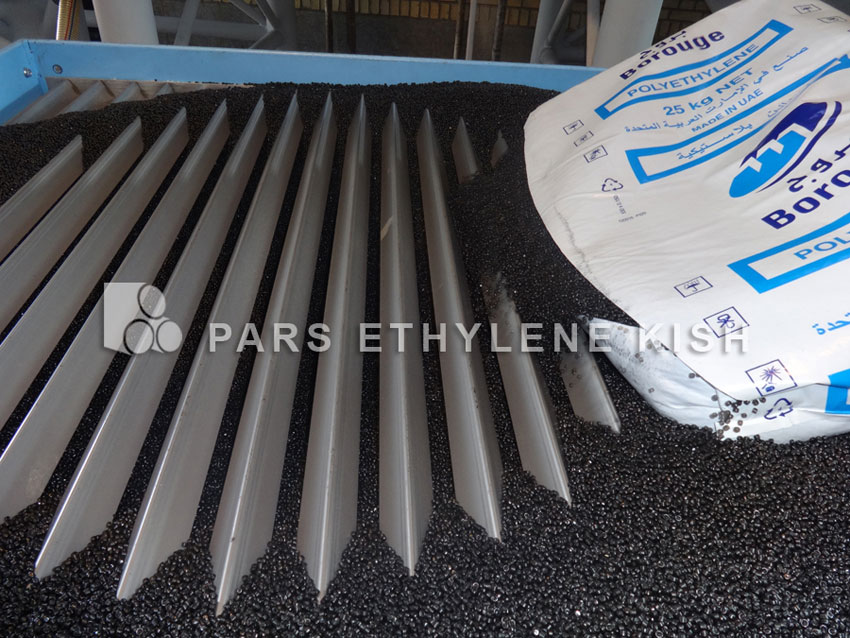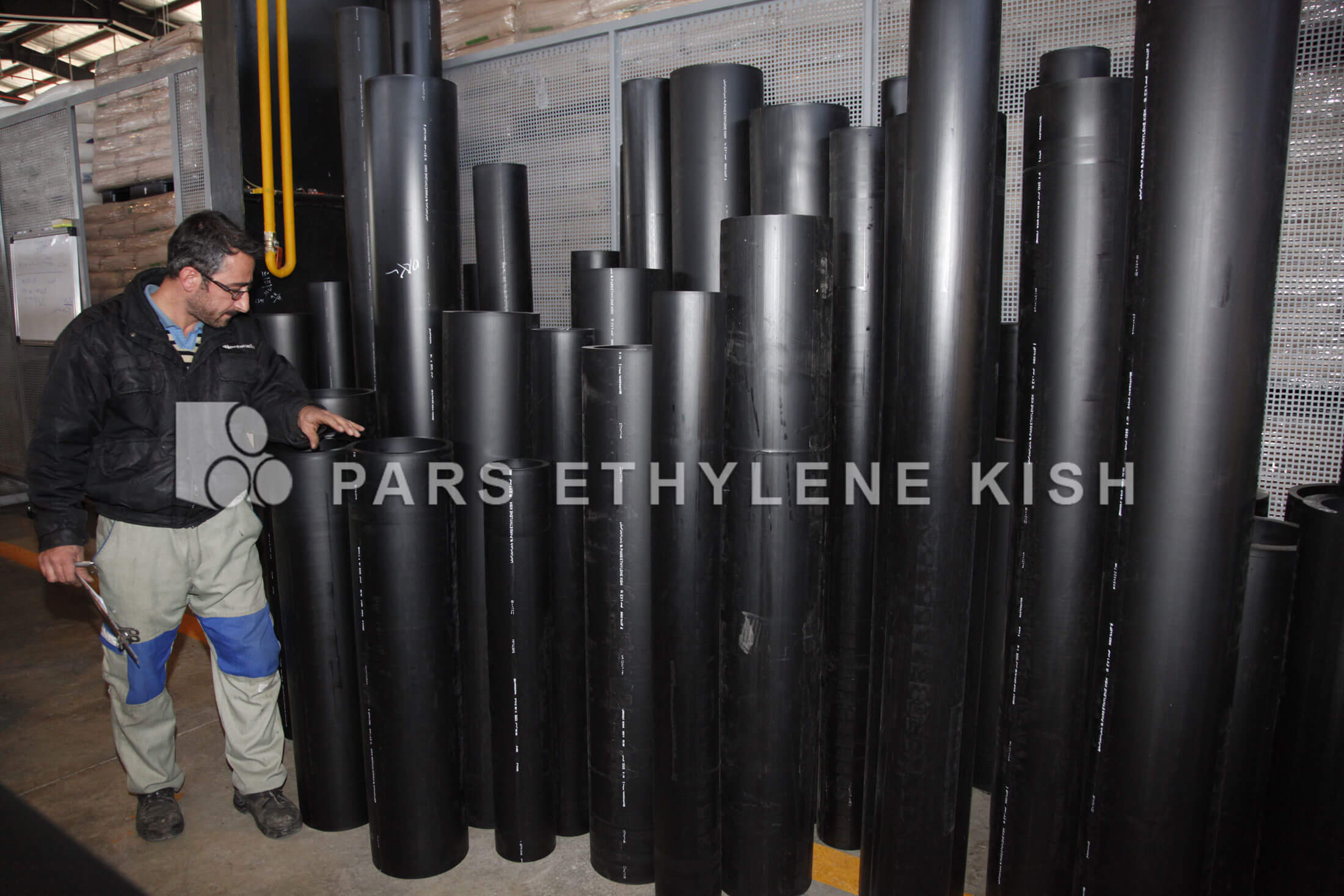
History of the HDPE pipe
A review on polyethylene pipes
In November 1953, Professor Carl Ziegler and his colleagues succeeded in polymerization of ethylene in the presence of an organo-metallic catalyst under low pressure and temperature conditions. Professor Ziegler, along with Italian chemist Julio Nata, won the Nobel Prize in chemistry for this discovery in 1963. Only one month after the discovery, Dr. Otto Horn, the research director at Houghton Chemical Plant, received initial samples of polyethylene for testing and evaluation. The first experimental polyethylene production plant was up in early 1954 in Frankfurt, Germany with a monthly capacity of 10 tons.
In 1958, the global polyethylene production reached 17,000 tons a year and in 1962 it reached 200,000 tons per year, and various licensed polyethylene production at low temperatures and low pressures was granted in nineteen different locations in Europe and seventeen in the United States and Japan. At present, around 28 million tons of polyethylene are produced annually in the world, of which about 4 million tons are used to produce various types of polyethylene pipes.

Polyethylene pipe was one of the first applications of polyethylene, because engineers have long sought a good alternative to iron, cast iron, clay and concrete pipes. The first hydrostatic test on a polyethylene pipe was carried out in October 1956 at the laboratory of Hoechst Company, and two samples of the pipes of that time are still under test at 20 ° C under tension stress of 5 and 5.7 N / mm 2, and practically they spent 50 years of their estimated lifetime in October 2006. Due to the rapid growth of polyethylene pipes, the German Standard Institute formed a group in 1957 who jointly published the first international standard for the polyethylene pipes, named 75/8074DIN, in January 1959.
Polyethylene pipes have grown dramatically in terms of quality and production processes over the last sixty years. For example, Hoechst's products have been upgraded from the original generation of the 5010 Hostalen GMA to their third generation, Hostalen CRP100, and the features, properties, and design considerations of these types of pipes represent the reason for the growing use of polyethylene pipes.

Characteristics and advantages of polyethylene pipe
Designers, employers and contractors are looking for strength, cost-effectiveness and durability when choosing a pipe. Single-wall polyethylene pipe and two-wall corrugated pipes are an economical solution for a wide range of plumbing applications, including the distribution of natural gas, water and sewage, industries, marine installations, mines and ducts, as well as duct and electrical and telecommunication channels. In addition, polyethylene pipes are efficient for air, underground, surface, floating and marine installations. One of the main reasons for the growth of the use of polyethylene pipes is saving installation costs, supplying workers and the required equipment compared to conventional old pipes. If the potential for lower maintenance costs and longer shelf lives are also added to these features, the reason for the competitiveness of polyethylene pipes in global markets will be clear.
-
Save on life cycle costs – long lifetimes
-
No leakage fittings and fully restrained
-
Resistance to chemicals and corrosion - polyethylene pipe does not rust
-
Flexibility and resistance to hardness
-
Seismic resistance
-
Low weight
-
No roughness and perfectly smooth interior
-
Suitable thermal resistance
-
Excellent plasticity
Taken from the Technical and Executive Manual of Polyethylene Pipes - Chapter One


